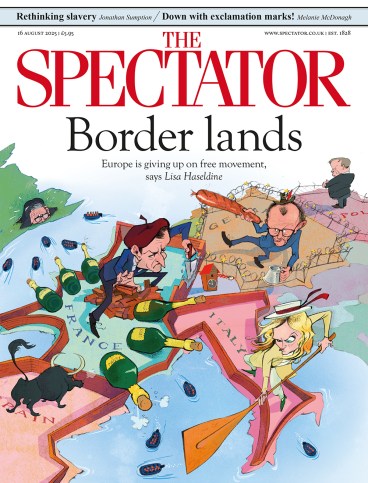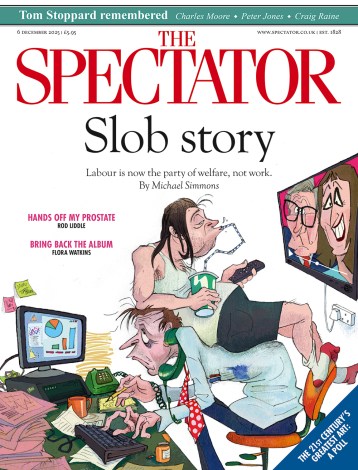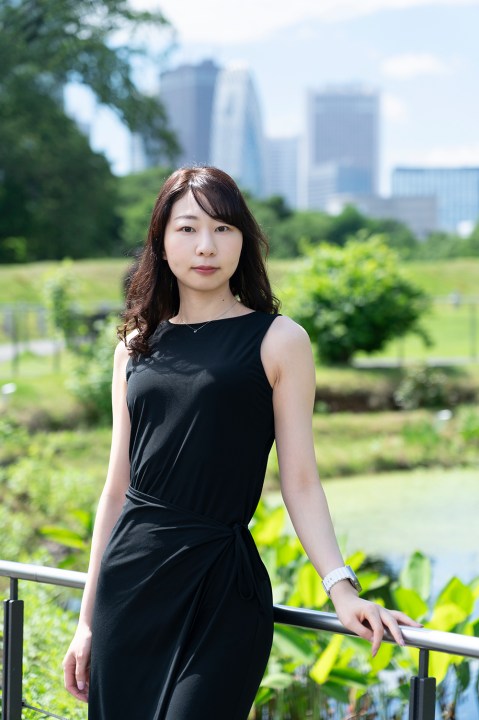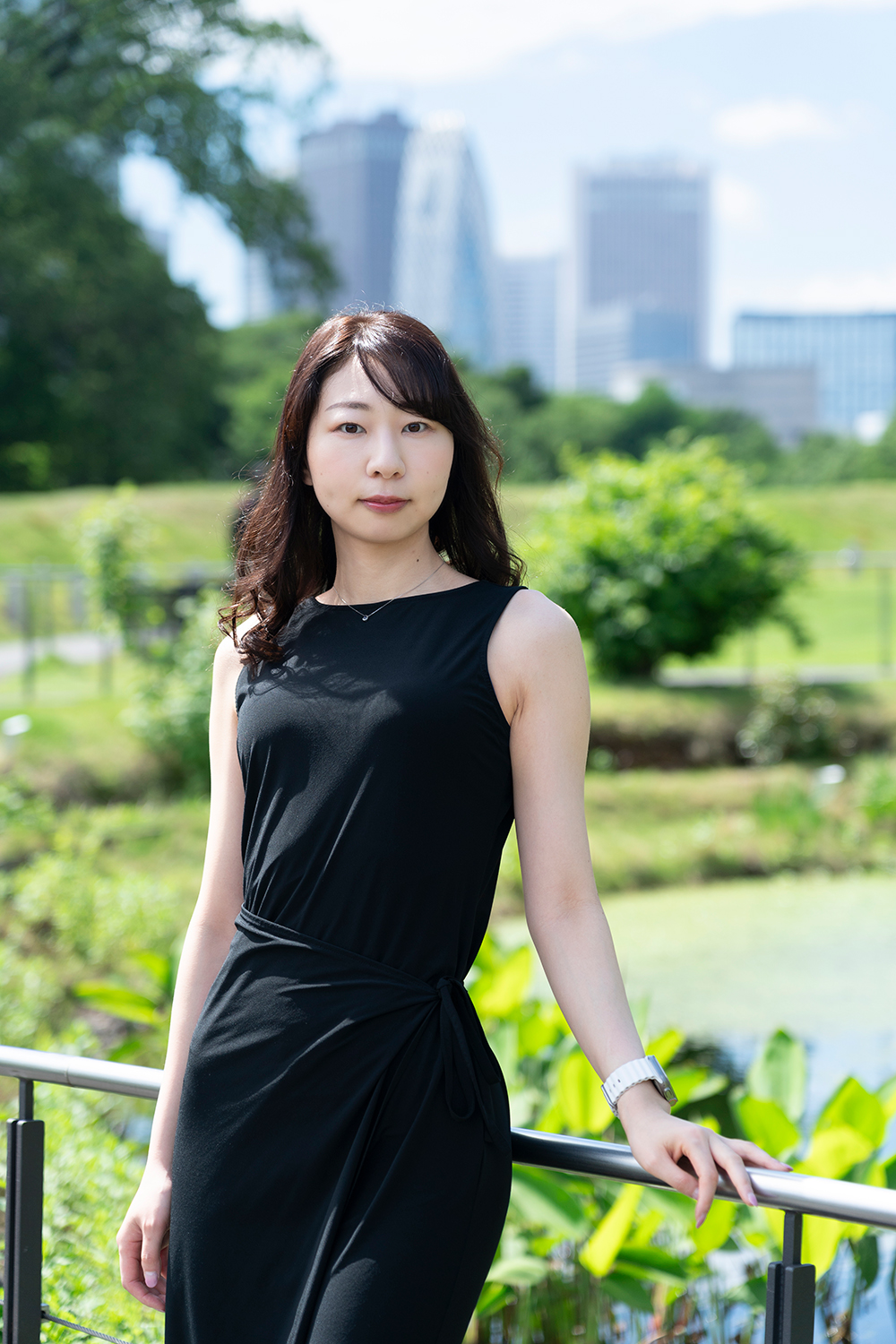
Language, it has been said, is the only true democracy – changed by the people that use it. But as with any democracy, there is plenty of disagreement about what alterations are either possible or permissible. Japanese uses three distinct writing systems – kanji, hiragana and katakana – and the relationship between two of them, kanji and katakana, is a key theme of last year’s prizewinning speculative fiction Sympathy Tower Tokyo by Rie Qudan – a lyrical, witty, satirical but meditative and meticulous text, now published in Jesse Kirkwood’s vibrant and faithful English translation.
We are in the sprawling metropolis of Tokyo in the lightly altered mid-2020s. The Olympics took place in 2021, a year late as a result of the pandemic, but one curious difference has occurred: Zaha Hadid’s futuristic national stadium, which in our reality was cancelled at the last minute, was in fact built. This minor change seems to have ushered in other more widespread shifts in politics and culture. Notably, a huge new skyscraper in the middle of the city is to house criminals in comfort and luxury, as part of society’s debt to these unfortunate beings.
A glimpse into a potential near future (which might be a dystopia or a utopia, depending on your point of view), Sympathy Tower Tokyo has some connections with Yoko Ogawa’s excellent dreamlike science fiction The Memory Police (1994), as well as more distant echoes of Orwell’s Nineteen Eighty-Four (1949) and Huxley’s Brave New World (1932). Yet this is a wholly distinctive novel, alarmingly prescient and up to date. Controversy arose – and still seems to infest chatter about the book – when Qudan divulged that she used AI to write part of it. She later clarified that AI was employed only to generate specific responses in the text when a character consults a chatbot – a creative touch which, rather than representing laxity or deception, surely carries a Joycean level of authenticity.
Sara Machina, a celebrated architect, is to design the building, which is to be officially called ‘Sympathy Tower Tokyo’ – a name which irks Sara, since it uses katakana characters to approximate the English words, a common trend in modern Japanese, rather than the more difficult, but established, kanji script. Kanji are the thousands of intricately complex Chinese-origin characters children (and foreigners) struggle to learn. The more straightforward, phonetic katakana is for loanwords, buzzwords, commercial jargon and the like. Qudan uses this issue to explore how kanji might transmit tradition and certainty, katakana flexibility and ambiguity – but might kanji not also carry prejudice and the burdens of the past, which could be swept away by the invigorating, outward-looking torrent of contemporary katakana, especially when it comes to shifting socio-sexual topics such as global warming, crime and gender? Yet, if the Japanese are to change their language, will they not also lose the distinctiveness of their national identity?
Readers who know Japanese will naturally get more out of this than those unfamiliar with the language, but the ideas discussed will stimulate anyone. This is a book which raises profound and ever-pressing questions about the elusive nature of words, their symbolic status, and their multi-faceted, convoluted relationship with geography, history and culture. It explores the relationship between the urban, built environment and our fabricated world of words, between social and linguistic developments, between the kaleidoscopic vogues of language, society and philosophy. And it examines the way architecture, like words, can be destructive as well as creative, while criminals can be victims, too, worthy of love and reward just as much as hatred and punishment.
Told from ever-shifting verbal and textual perspectives, with playful nods to contemporary controversies (AI; the Hadid stadium hullabaloo; cancel culture; Covid; Twitter’s name change), this is a spirited novel that asks profound questions, impishly worrying about the potentially flavourless future of humanity. The tower itself can re-assimilate persecuted delinquents, making society more equal, more just, (more boring?) – just as AI threatens to steal everyone’s jobs and turn vibrant global languages into one bland gloopy soup: harmless but meaningless, safe but insipid.
Sympathy Tower Tokyo feels so über-zeitgeisty that it might have been written this morning, and it is alive with all the tools (and fools) of modernity. Yet it is far more than merely topical or trendy, as deep moral, political, social, cultural, architectural and lingual problems collide, merge and inform each other throughout this relatively short novel. A contemporary gem.








Comments